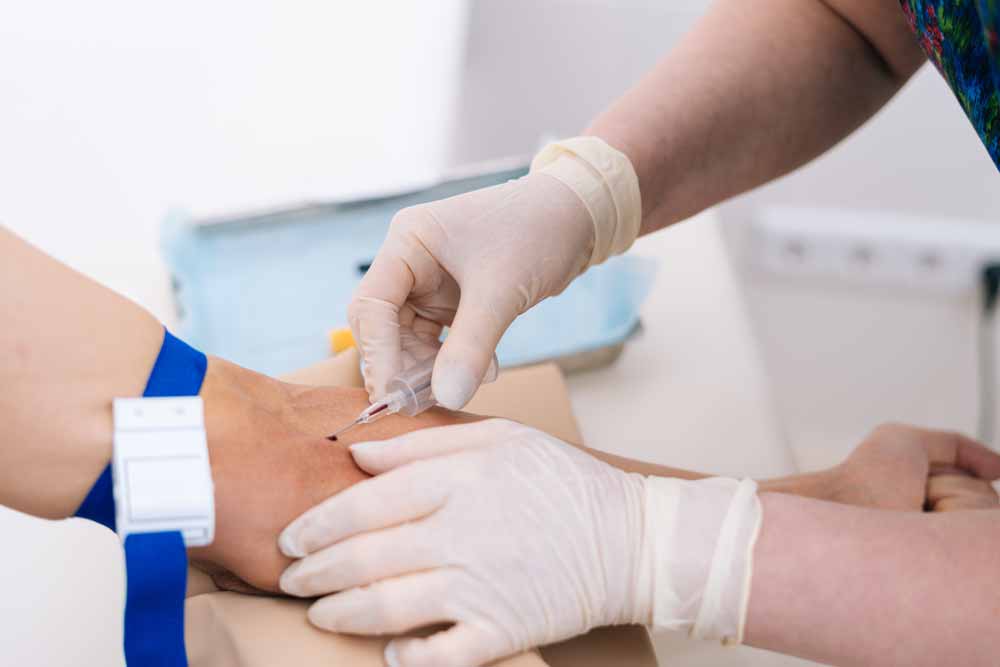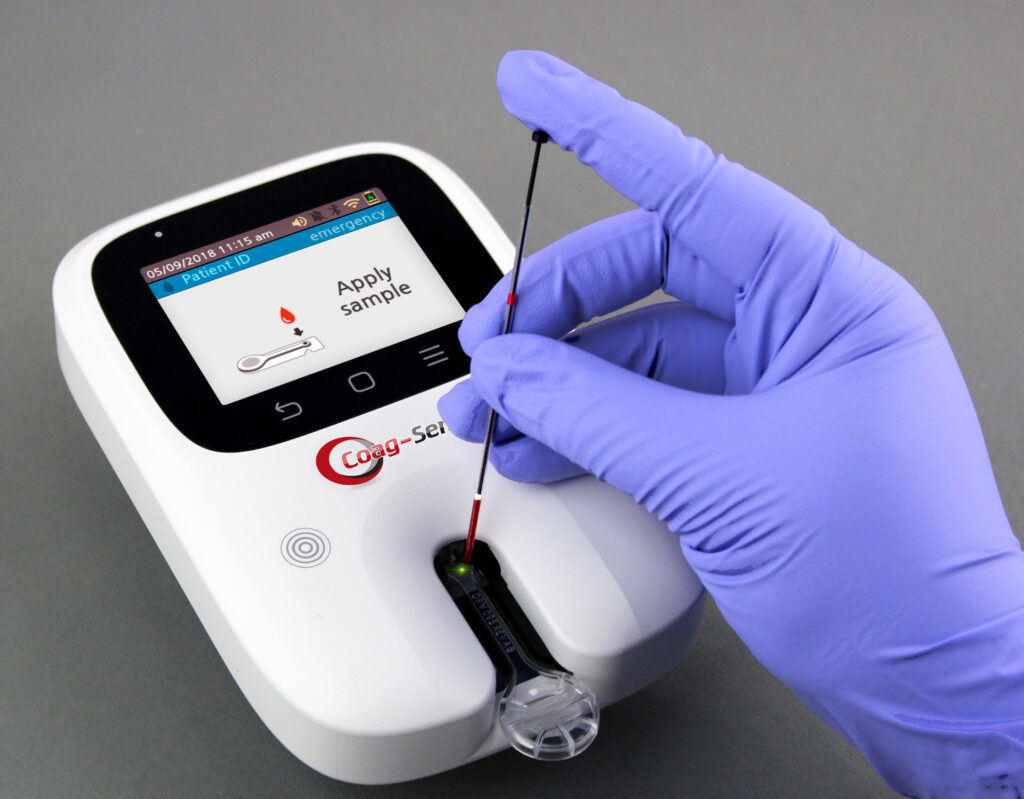A patient self testing PT INR monitor allows individuals on warfarin therapy to measure their blood coagulation levels (INR) using a small drop of capillary blood. It provides results within minutes—right at home Caregivers play a vital role in supervising the process, logging results, and communicating with clinicians.
Benefits of Home INR Testing for Caregivers
- Higher Time in Therapeutic Range (TTR): Studies show that home INR monitoring maintains or improves TTR—70–72% with self‑testing vs. 64–70% in clinics
- Improved Patient Engagement: Around 87% of patients prefer home finger‑stick tests over clinic visits—citing convenience and comfort
- Reduced Adverse Events: Meta‑analyses reveal self-testing cuts major thromboembolic events by ~40% without increasing bleeding
- Convenience for Caregivers: Removes frequent travel, scheduling, and waiting—ideal for those managing care remotely or with mobility challenges
Preparing the Home Environment for INR Monitoring
Creating a consistent and safe home testing environment plays a crucial role in accurate INR readings and caregiver confidence. A well-organized setup reduces user error and makes the process smoother for both the patient and the caregiver.
Here’s how caregivers can prepare the ideal space:
- Designate a Quiet Testing Area: Choose a spot that’s clean, well-lit, and free of distractions. This will help the patient stay calm and focused during testing.
- Maintain Cleanliness: Always sanitize the testing area, hands, and surfaces before every test. Infection control is especially important for elderly or immunocompromised individuals.
- Organize Supplies: Keep the INR monitor, test strips, lancets, alcohol swabs, batteries, logbook, and waste disposal tools neatly arranged in a single container or tray for easy access.
- Create a Weekly Testing Schedule: Set reminders on a phone or write down scheduled test days in a visible place like a calendar or whiteboard. This encourages consistency and helps avoid missed tests.
Getting Trained and Certified
To use these patient self testing PT/INR monitor systems safely, caregivers and patients must undergo proper training:
- Initial device instruction (meter use, lancet, strip prep)
- Quality control procedures (e.g., control strips)
- Result reporting protocol (logbooks, apps, PHI compliance)
- Dose adjustment protocols via provider-approved algorithms
Many programs require documentation of competency—taking sample tests under supervision
Step‑by‑Step Guide for Caregivers
- Prepare the kit: meter, lancets, strips, alcohol wipes, logbook/app.
- Wash hands with warm water for flow, dry thoroughly.
- Insert strip into meter (auto power‑on).
- Lance fingertip, wipe first drop, collect 8–10 µL of blood.
- Apply sample to strip, wait 1 minute for INR reading.
- Record the result with date/time, dose, and notes.
- Inform provider—via app, email, or phone.
- Replace lancet, dispose safely, recharge or change batteries.
Troubleshooting and Common Challenges
- Low blood flow: warm hands, use side of fingertip.
- Unreadable results: check strip expiry, proper insertion.
- User errors: practice by caregivers before the patient performs.
- Out‑of‑range values: retest; if still abnormal, contact clinician.
Enhancing Caregiver Oversight
- Use apps linked to providers—Coag‑Sense mobile uploads results automatically.
- Set reminders for weekly testing to avoid missed doses.
- Keep logs showing stable INR as proof for insurance or clinical visits.
Selecting Who is a Good Candidate
Ideal for patients/caregivers who are:
- Self-motivated and able to follow protocols
- Digitally literate or whose caregiver is
- Care providers for atrial fibrillation, mechanical valves, DVT/PE
Not suitable for those with severe cognitive impairment or physical challenges.
Integrating Home INR Testing into Care Plans
- Add caregiver training in discharge protocols
- Educate patients early on benefits of self‑testing
- Provide device demos during clinic visits
- Integrate with telehealth for timely dosing changes
You may read our other Blogs too:
TOP SAFE EXERCISE ON ANTICOAGULANTS: PROVEN TIPS
ALCOHOL CONSUMPTION & INR: WHAT YOU SHOULD KNOW
BRIDGING THERAPY: WHAT HAPPENS WHEN YOU PAUSE BLOOD THINNERS BEFORE SURGERY?
SUMMARY
Transitioning to a patient self testing PT/INR monitor system creates a powerful care ecosystem—boosting therapeutic consistency, reducing travel burdens, and knitting caregivers closer with clinical teams. With proper training, equipment, and adherence checks, caregivers can deliver confidence and control right at home.
Embark on safer, smarter INR management and contact us to schedule caregiver training, demo a device, and connect with our anticoagulation specialists. Let us help you bring confidence, convenience, and clinical safety to your loved one’s warfarin care today.




